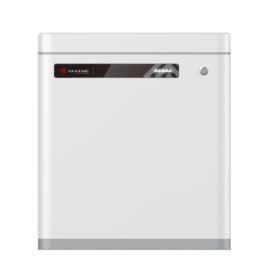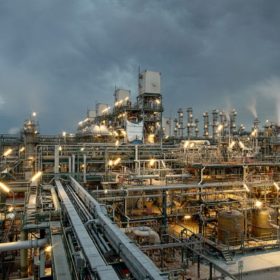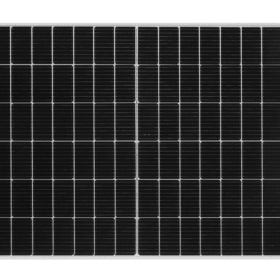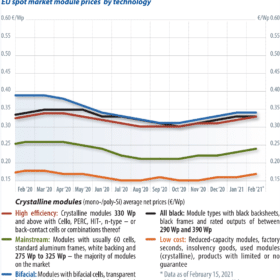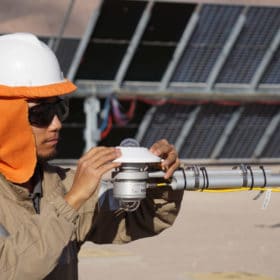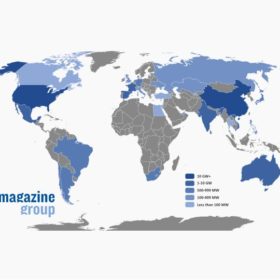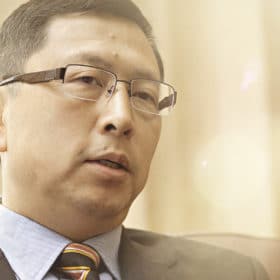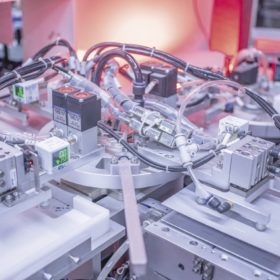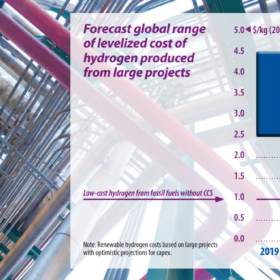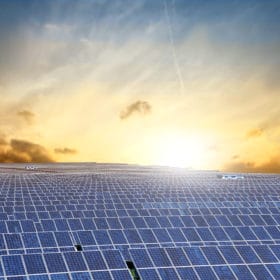GoodWe launches two residential batteries
The Chinese manufacturer has unveiled a low-voltage battery with a modular design and a high-voltage storage system which is claimed to have a one-hour, ultra-rapid charge rate.
OCI increases production capacity at Malaysian polysilicon factory
OCI has revealed plans to invest $55 million to expand production at its Malaysian manufacturing facility from 30,000 to 35,000 metric tons.
JinkoSolar unwraps 415 W PV panel for rooftop applications
The new, Tiger Pro 54HC panel is based on a 182mm, 54-cell design and exhibits an efficiency of up to 21.3%. The manufacturer claims the new product is particularly suitable for residential projects in high snow or high wind load areas.
Saturday read: Why human rights protection is pushing up module prices
The solar industry typically sees itself as being supportive of the environment, humanity, and human rights. Even large Chinese PV manufacturers publish statements to this effect, particularly if they are listed on Western stock exchanges. But what do human rights have to do with the solar industry? What connections exist, asks Martin Schachinger of pvXchange, and how are they important to the future success of the European PV market?
Location-dependent performance model for bifacial installations
Bifacial PV modules and single-axis trackers go well together, but a global research team has now noted that a comprehensive location-dependent performance analysis still has yet to be done. Their findings could help to determine the right plant setups in different locations throughout the world.
Spanish solar renaissance lifts world to record year for large scale projects
A global ranking of large scale solar project capacities indicates prominent roles for a resurgent Spain, behind the usual top three of China, the U.S. and India, with Australia and the Netherlands also on the rise. There were disappointing returns, though, for the U.K., Italy and Canada.
‘Falling solar module costs are behind us’
Canadian Solar is pivoting towards energy storage and is preparing to IPO its manufacturing and Chinese solar project activity in China, under the CSI Solar operation, by July.
Sunday read: History repeats
“Unprecedented” was a term widely used in 2020, as the world grappled with the Covid-19 pandemic. The same word can be similarly applied to the plans and investments in production capacity announced by Chinese PV manufacturers right across the supply chain. But what shape are these expansions taking and what is driving this renewed confidence? Vincent Shaw reports from Shanghai.
Saturday read: More than just a pipe dream
When coupled to gigawatt-scale solar and wind generation, green hydrogen could be the clean fuel to unlock hard-to-electrify sectors of the economy. But first it must be transported cost-effectively to where it’s needed.
Q&A: EEW’s $500 million Gladstone solar to hydrogen project is just the start
Earlier this month, London-based Eco Energy World announced a $500 million project to combine its ready to build 300 MW solar plant north of Gladstone, Queensland, with a 200 MW hydrogen plant and 100 MW of battery energy storage. pv magazine Australia sat down with EEW CEO Svante Kumlin to discuss the project, the green hydrogen future, and Australia’s future in it.
